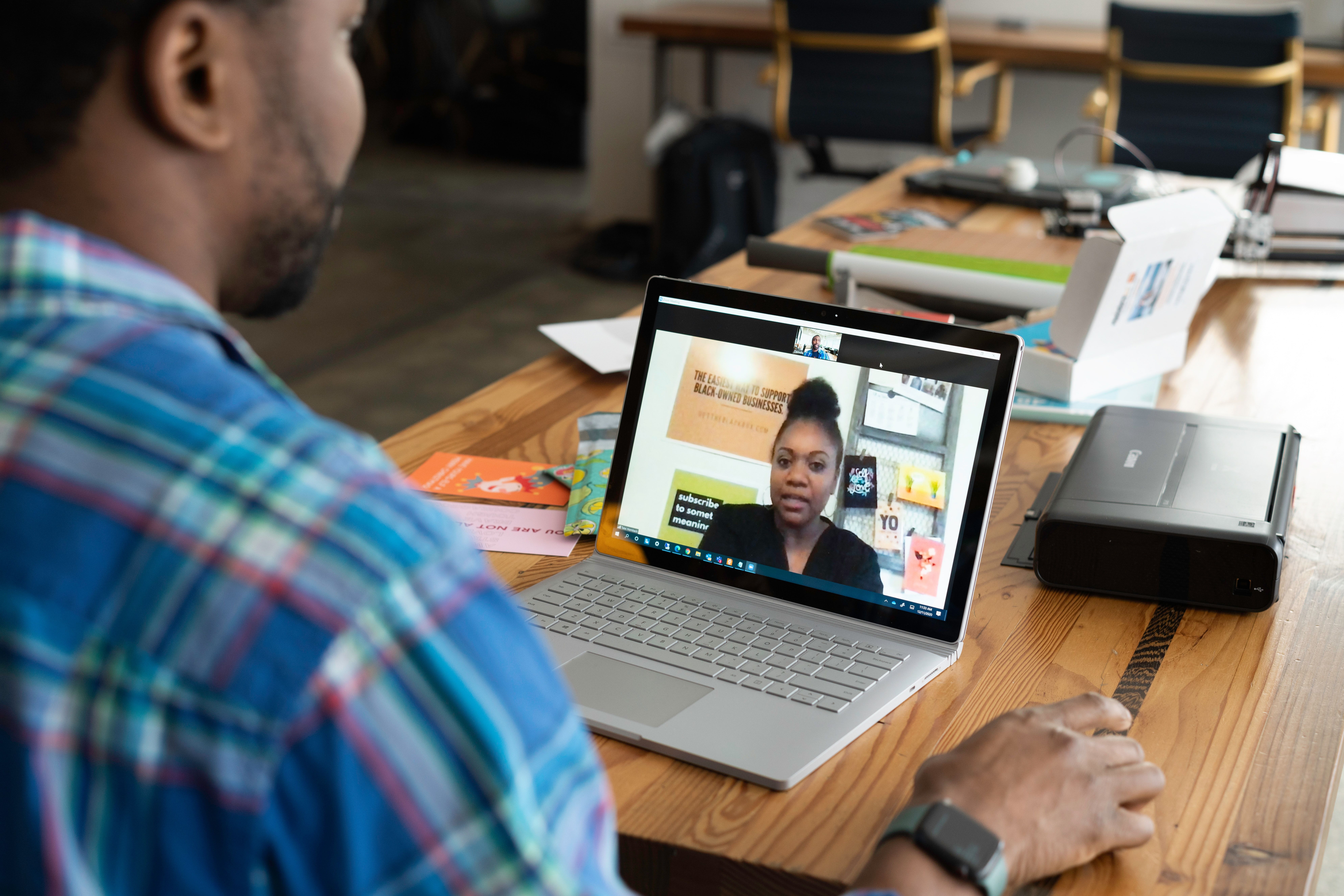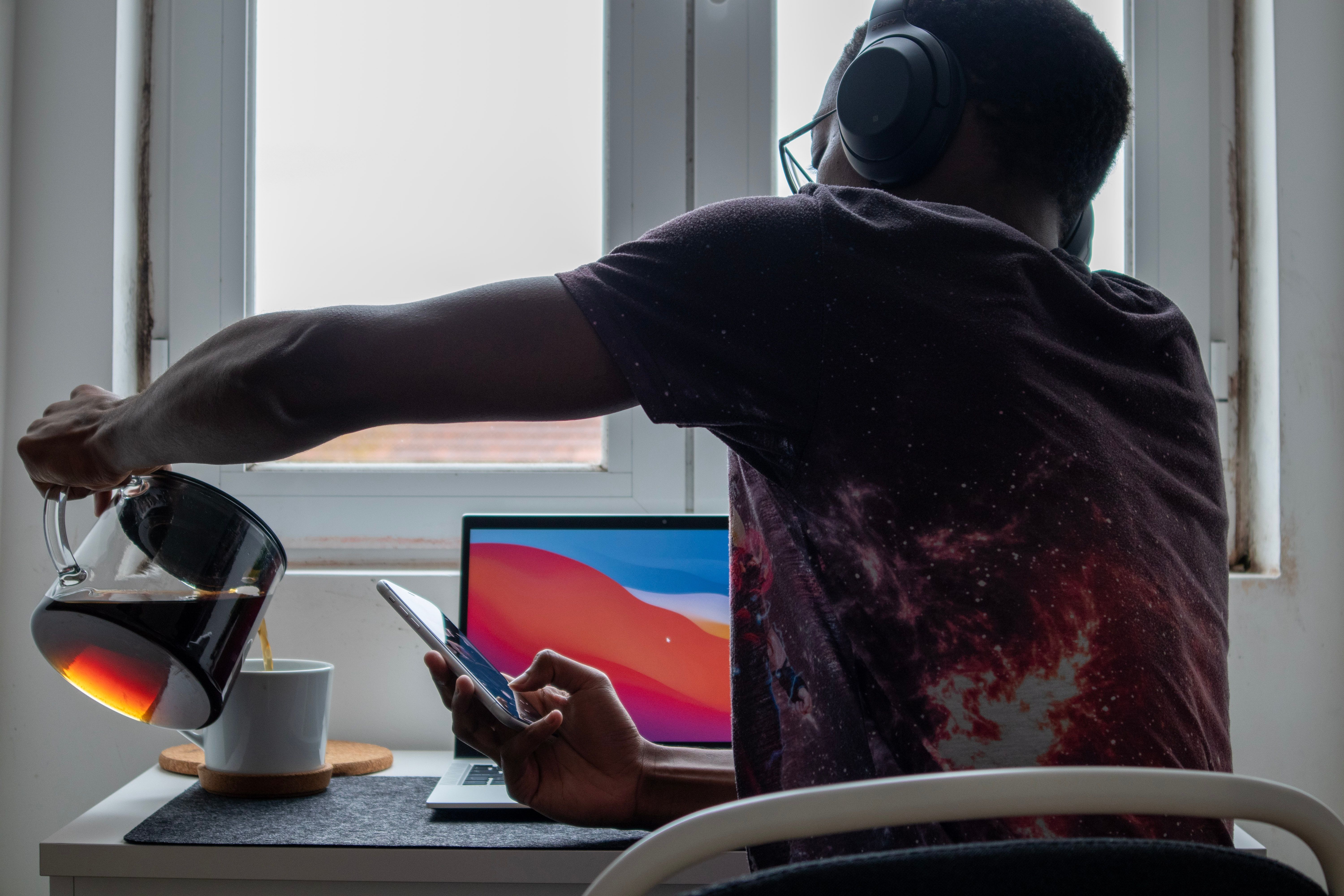Albertans received some good news yesterday in the form of a 3-stage plan for re-opening the province.
Kenney notes, “we’re leaving the darkest days of the pandemic behind” stating that Albertans can begin to look forward to a re-opened province at the end of July.
This is exciting news as the last year and few months have taken a toll on the resilience of many.
While it is undeniably exciting to see a light at the end of this long and tumultuous tunnel, many workers have expressed the fact that they wish to continue working from home or at the very least, be presented with a hybrid option instead of returning to the office full-time.
This means that many of the behaviours, processes, and strategies that have been adopted during the pandemic will continue on into the future.
Remote work, for example, presents an incredibly desirable benefits package i.e. more facetime with family, the flexibility of schedule, and no pants Tuesdays.
It is also characterized by incidents of social isolation, digital exhaustion, and the blurring of work-life boundaries. Instances of which, when left unaddressed, can evolve into full-blown burnout.
It is crucial then that we continue the dialogue around burnout and what strategies individuals and companies can adopt to best prevent it moving forward.
What is Burnout?

Burnout is an emotional and psychological state of being, where individuals are so acutely fatigued that everyday stressors begin to feel insurmountable.
Psychology Today describes burnout as “physical and mental exhaustion, a sense of dread about work, frequent feelings of cynicism, anger, or irritability, and feeling like you can no longer do your job effectively.”
Researchers have found that burnout results from “prolonged exposure to high job demands”.
They explain “employees go through the maladaptive regulation feedback loop again and again before job strain develops in full-blown and enduring burnout”.
For example, continuing to work a full-time job while managing the day-to-day stressors associated with an unprecedented global pandemic.
The question then becomes how do we combat burnout? What steps can individuals and companies take to prevent and manage their mental health if they choose to opt for remote work moving forward?
Burnout Prevention Techniques *for Employers and Employees
Employers
1. Minimize “Zoom Fatigue”

‘Zoom fatigue’ stems from how humans process information over video. Authors Liz Fosslien and Mollie West Duffy explain that holding a _constant gaze, _like we do on Zoom, is an unnatural act for the human brain.
Brenda K. Wiederhold echoes this sentiment, saying “it can be unnerving to have a person’s enlarged face in your space, even though we know we are safe. Subconsciously, this large appearance and prolonged eye contact can register as intimidation, flooding our bodies with stress hormones”.
Duffy and Fosslien provide some techniques for minimizing the tiring experience:
- Schedule a 10-minute break into allotted meeting minutes for coffee refills, bathroom breaks, or simply room to breathe (this tactic will be especially helpful for team members required to bounce from back-to-back meetings).
- Make virtual social events optional and appoint a Facilitator ahead of time in the case of a large group turnout - this will help ease the asynchronicity characteristic of video calls
- Switch to phone calls for one-on-one meetings or keep cameras turned off if possible
- Encourage your employees to avoid video calls for external reach outs and use phone calls or emails instead
On an individual level Duffy and Fosslein recommend:
Avoid multitasking while on video calls
Take “mini-breaks” by breaking your gaze and looking away from the screen for a few seconds or minimizing the video call screen
Wiederhold recommends looking directly at your computer’s camera to create the illusion of direct eye contact instead of staring at boxes of your peers
2. Implement Transformational Leadership

Researchers have found that “transformational leadership has a positive impact on follower work engagement and performance.”
Buil, Martinez, and Matutue note “when leaders use more intellectual stimulation and individual consideration, their followers experience the trust and self-efficacy needed to engage in proactive work behaviours such as job crafting”, a technique known to shield against the symptoms of burnout.
They go on to say leaders must “take perspective and show individual attention, recognize the personal needs of their followers and use one-on-one coaching and mentoring to reduce job demands and job strain” to effectively implement transformational leadership.
Transformational leadership can appear a daunting responsibility to undertake, however, companies can better assist their management teams to adopt this leadership style with some emotional intelligence training.
3. Emotional Intelligence Training

Emotional Intelligence (EI) training can help leaders better equip themselves to ”analyze and respond to emotionally-laden situations”, such as managing from a distance, for example.
Researchers define emotional intelligence as the “skills and/or abilities that enable awareness of the emotional states of oneself and others and the capacity to regulate or use emotions to positively affect role performance.”
Although there appears to be an “ability-based” versus a “mixed-model” approach to EI, Kraiger and Mattingley have noted the effectiveness of a mixed model approach for training leadership teams.
4. Encourage E.O.D. Detachment

Research has also shown that psychological detachment from work during non-work hours is an important recovery experience that is positively related to employee well-being and negatively related to job strain symptoms.
This goes for leaders too.
Sonnentag and Schiffner state that “when a leader succeeds in gaining mental distance from work during leisure time, subordinates may feel entitled to detach themselves from work as well.”
Sonnentag and Schiffner go on to say that leaders can promote psychological detachment or work/life boundaries “with “signals such as telling about leisure activities they are engaging in or by refusing to read “overnight” a report that a subordinate has prepared.”
Employees or Individuals
1. Understand ‘How to Cope’ Effectively

It has been shown that problem-focused coping is the best strategy for coping with stress. However, if the pandemic has taught us anything it’s that problem-focused coping may not always be at our disposal.
Bakker & D. de Vries note that the enduring nature of the pandemic has forced people to”fall back on emotion-focused coping solely“.
Bakker & D. de Vries explain that coping flexibility or the ability to enlist “a variety of coping strategies in a way that fosters adjustment to situational demands”, can help individuals effectively cope when problem-focused coping AKA taking actionable steps to resolve the problem, isn’t within reach.
Bakker & D. de Vries say “it is probably more effective to alter one’s thoughts and feelings” AKA enlist emotion-focused coping strategies, in these instances.
They note that the emotion-focused coping strategies individuals can enlist should be implemented with flexibility and variety to ensure the most appropriate coping method is being utilized at the right time.
They mention techniques such as recovery and job crafting as techniques one can combine to achieve this.
2. Recover Daily

Bakker & D. de Vries describe recovery as “a process of restoring the cognitive and energetic resources that have been used up during work.”
They note four practices individuals can employ that will help them effectively recover at the end of the day:
- Psychological Detachment or not thinking about or engaging in work during non-work hours
- Relaxation or having “low activation levels” within your mind during non-work time
- Mastery or engaging in healthy challenges that increase your mood during off-hours
- Control or feeling you have control over what you do during your non-work hours
3. Try Job Crafting

Fangfang Zhang and Sharon K. Parker define job crafting as “the physical and cognitive changes individuals make in the task or relational boundaries of their work”.
Zhang and Parker explain that job crafting can be implemented in three ways; task crafting, relational crafting, or cognitive crafting.
Zhang and Parker note that task crafting includes “changing the job’s task boundaries by changing the number, scope, or type of job tasks done at work”.
This can be tricky as most individuals are unable to stray completely out of the confines of their role while at work nor can they just ignore the duties of their role that they’re finding stressful.
However, a good place to start would be with a conversation with your boss and/or team members.
Come to the conversation ready to explain your solution and plan. Explain exactly how you would like to adapt your work style and see how/if your colleagues would be impacted by your suggested changes. If so, figure out together how you can work around it.
Alternatively, breaking up bigger tasks down into smaller ones that can be completed every hour instead of in one concentrated go is also a viable solution. Take the time at the beginning of your workday to map this out and then work to complete the tasks as needed.
Zhang and Parker explain that relational crafting involves “initiating changes in the relational aspects of the job, such as changing the quality and/or amount of interaction with others at work”.
Social isolation has rendered many people with feelings of loneliness while working from home. ‘Watercooler chit chat’ and ‘coffee room catchups’ are harder to come by virtually.
Consider organizing a lunch-hour Zoom call with a group of colleagues every few days where you can eat, catch up, and just connect. Alternatively, an online gaming group during lunch hours could be a great way to craft relations with the Among Us fans of your remote or hybrid office.
Zhang and Parker explain that cognitive crafting involves “altering how one frames or views the job (e.g., a hospital janitor seeing the job as healing ill people rather than simply cleaning).
Cognitive crafting can seem especially difficult to achieve if you’re well on your way to succumbing to the depths of a burnout episode. However, a daily gratitude practice targeted specifically at your work may be able to help break through this barrier.
Before starting your day, strive to come up with three things you truly enjoy about your job. This can be working with great teammates, having an understanding boss, or anything positive that pops into your mind. Repeat this process every day for a few weeks in combination with some of the burnout prevention techniques listed previously, and see how/if your mindset changes.
4. Take More Effective Breaks

Even if you love your job, working eight hours a day without a break is an unsustainable mentality to hold towards work.
The human brain requires pockets of rest throughout the day as much as it requires dedicated psychological detachment in the evening to recover for the next. This becomes even more when attempting to prevent pandemic-induced languishing from burgeoning into full-blown burnout.
The Pomodoro Technique or the 52/17 Rule .&text=Therefore%2C%20during%20the%2052%20minutes,things%20done%2C%20and%20making%20progress.)can help set out time for these pockets.
The Pomodoro Technique encourages users to immerse themselves within a task for 25 minutes straight and then break for 5 and the 52/17 Rule promotes users to work for 52 minutes and then break for 17.
The Muse notes that both have been found to enhance productivity and focus as they influence the user to “work with purpose”.
—
We hope the strategies listed above will help your team transition into this new and exciting era of work in a healthy and sustainable way.
